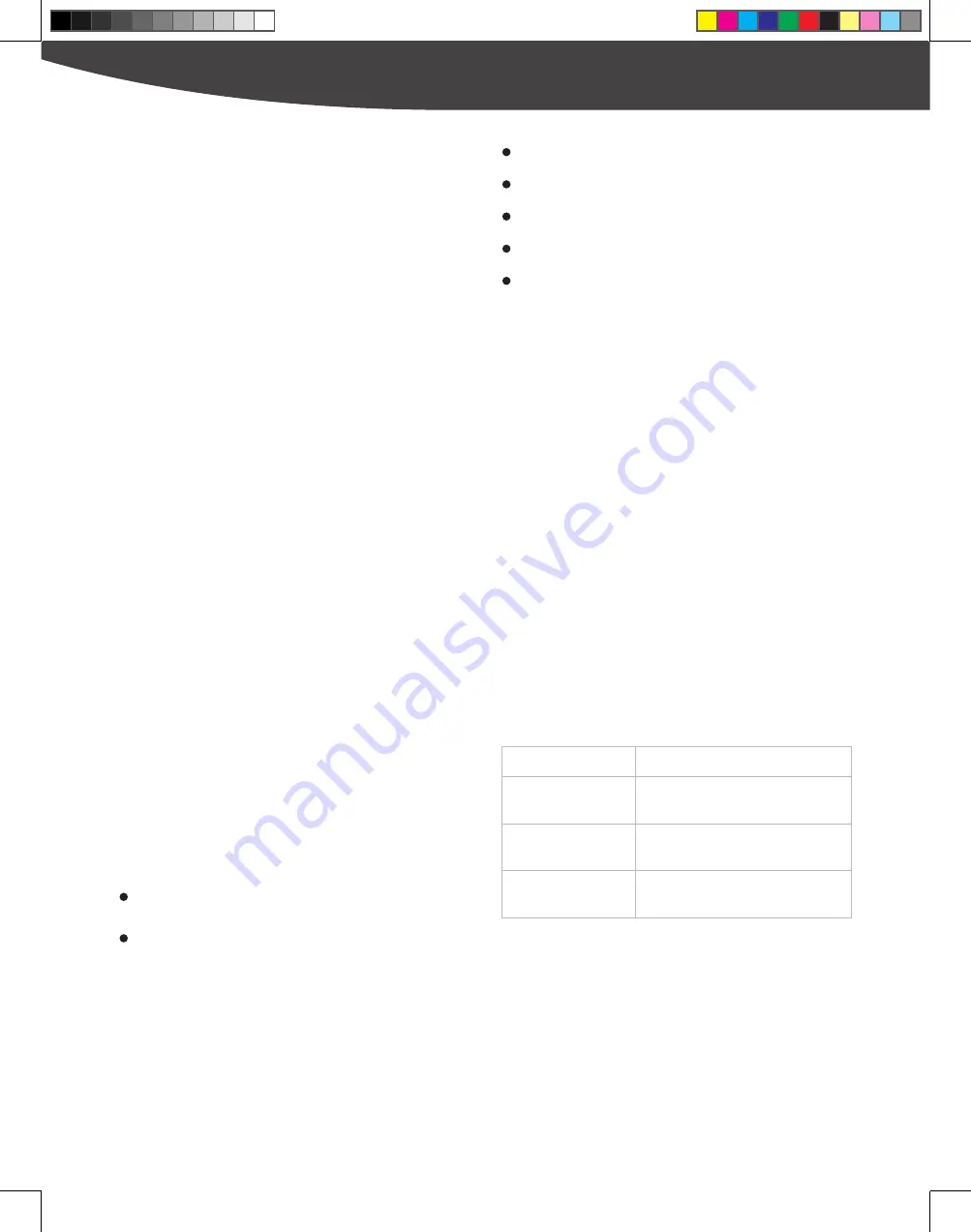
Hard starting or stalling after starting.
Rough idle.
Misfiring or backfiring under load.
Afterburning (backfiring).
Black exhaust smoke or high fuel consumption.
The emission control systems on your engine were designed, built.
We recommend the use of genuine parts whenever you have
maintenance done. These original-design replacement parts are
manufactured to the same standards as the original parts, so you
can be confident of their performance. The use of replacement
parts that are not of the original design and quality may impair the
effectiveness of your emission control system.
A manufacturer of an aftermarket part assumes the responsibility
that the part will not adversely affect emission performance. The
manufacturer or rebuilder of the part must certify that use of
the part will not result in a failure of the engine to comply with
emission regulations.
Follow the maintenance schedule. Remember that this schedule
is based on the assumption that your machine will be used for
its designed purpose. Sustained high-load or high-temperature
operation, or use in unusually wet or dusty conditions, will require
more frequent service.
REPLACEMENT PARTS
MAINTENANCE
ENGINE TUNE-UP
ITEM
SPECIFICATION
Spark plug gap
0.028-0.031 in
(0.70 mm -0.80 mm)
Valve clearance
IN: 0.15 mm±0.02 mm (cold)
EX: 0.20 mm±0.02 mm (cold)
Other
specifications
No other adjustments needed
The combustion process produces carbon monoxide, oxides of
nitrogen, and hydrocarbons. Control of hydrocarbons and oxides
of nitrogen is very important because, under certain conditions,
they react to form photochemical smog when subjected to
sunlight. Carbon monoxide does not react in the same way, but it
is toxic.
This utilizes lean carburetor settings and other systems to
reduce the emissions of carbon monoxide, oxides of nitrogen and
hydrocarbons.
Tampering and Altering
Tampering with or altering the emission control system may
increase emissions beyond the legal limit. Among those acts that
constitute tampering are:
Removal or alteration of any part of the intake, fuel or exhaust
systems.
Altering or defeating the governor linkage or speed-adjusting
mechanism to cause the engine to operate outside its design
parameters.
(ethyl or grain alcohol) 10% by volume
You may use gasoline containing up to 10%
ethanol by volume. Gasoline containing ethanol
may be marketed under the name ‘‘Gasohol’’.
(methyl tertiary butyl ether) 15% by volume
You may use gasoline containing up to 15% MTBE
by volume.
(methyl or wood alcohol) 5% by volume
You may use gasoline containing up to 5%
methanol by volume, as long as it also contains
cosolvents and corrosion inhibitors to protect the
fuel system. Gasoline containing more than 5%
methanol by volume may cause starting and/or
performance problems. It may also damage metal,
rubber, and plastic parts of your fuel system.
If you notice any undesirable operating symptoms, try another
service station, or switch to another brand of gasoline.
Fuel system damage or performance problems resulting from the
use of an oxygenated fuel containing more than the percentages
of oxygenates mentioned above are not covered under warranty.
ETHANOL
MTBE
METHANOL
SOURCE OF EMISSIONS
If you are aware of any of the following symptoms, have your
engine inspected and repaired by your servicing dealer.
PROBLEMS THAT MAY AFFECT EMISSIONS
These publications will give you additional information for
maintaining and repairing your engine. You may order them from
your engine dealer.
PUBLICATIONS
17
|
Technical & Consumer Information







































